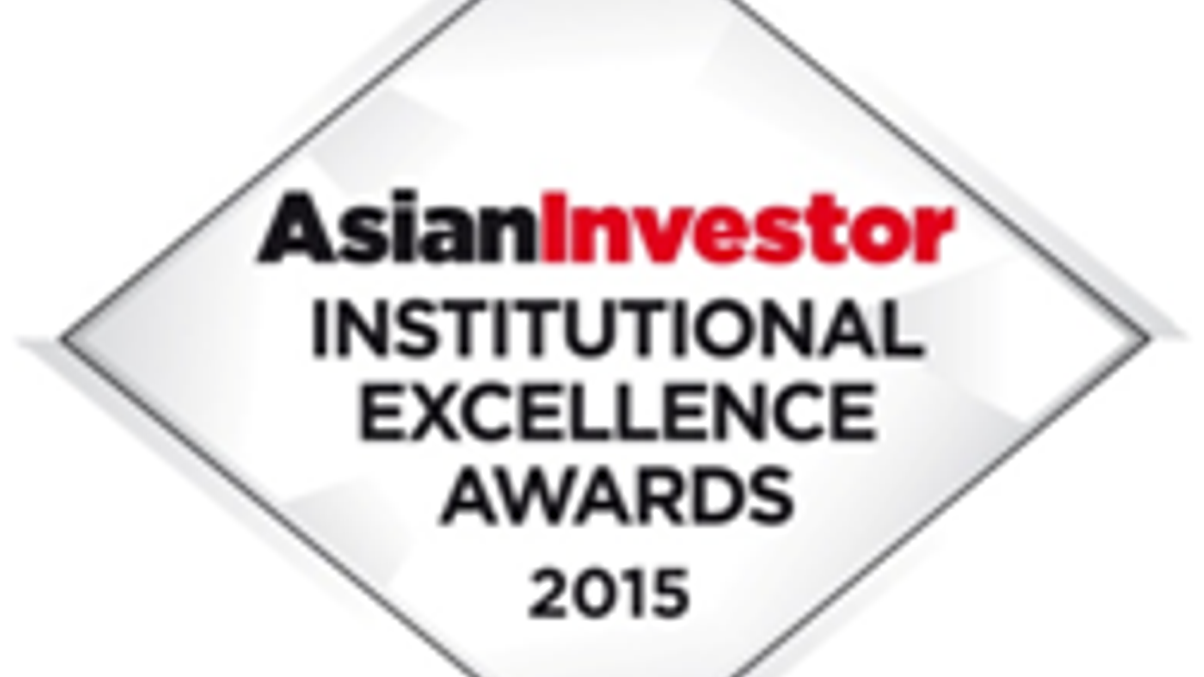award
Why GPIF's re-alignment sets benchmark in Japan
The fund's move to repurpose its asset allocation and alter its management structure, as well as commit to improved governance, earns it an Institutional Excellence Award.

AsianInvestor’s second annual Institutional Excellence Awards were introduced to highlight best practice, with awards handed out to 16 institutions collectively managing $3.5 trillion.
Sign In to Your Account
Access Exclusive AsianInvestor Content!
Please sign in to your subscription to unlock full access to our premium AI resources.
Free Registration & 7-Day Trial
Register now to enjoy a 7-day free trial—no registration fees required. Click the link to get started.
Note: This free trial is a one-time offer.
¬ Haymarket Media Limited. All rights reserved.


